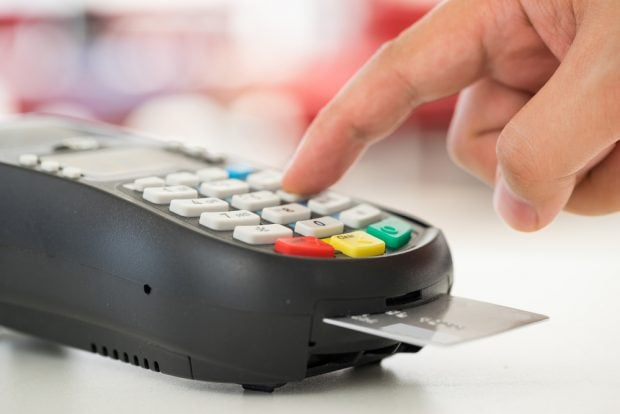
It may be no surprise to hear that card fraud and synthetic fraud are still growing, but new reports from FICO and TransUnion suggest things might be starting to slow down a bit.
FICO's latest data, gathered from one of its services that monitors hundreds of thousands of ATMs and other card readers in the United States, showed a 10% jump in the number of debit cards compromised at U.S. ATMs and merchant readers in 2017. The number of compromises at ATMs and devices also rose 8%. Both hit all-time highs.
“The number of compromises and the number of card members impacted set a new record last year,” FICO Vice President of Fraud Solutions TJ Horan said. ”While most devices are safe, fraudsters are developing new technology and methods for hacking ATMs. This is why it's important for consumers to be cautious when withdrawing cash, and also for them to check their account regularly and confirm that all the transactions on their debit card are legitimate.”
In a similar vein, a new analysis by TransUnion found that outstanding credit card balances on accounts involving suspected synthetic fraud rose 5.2% between the fourth quarter of 2016 and the fourth quarter of 2017 to over $290 million. Synthetic fraud occurs when criminals open real accounts using fake identities.
Those numbers were just for credit cards, however. Add auto loans, personal loans and retail cards, and the number was over $885 million, for a year-over-year growth rate of 6.6%, TransUnion reported.
One thing did remain somewhat steady, though: 0.60% of credit applications involved fraud at the end of 2017, compared to 0.59% at the end of 2016.
“The threat of online fraud is significant as faceless digital application channels can make it more difficult to assess the veracity of the identity being used to acquire credit,” TransUnion head of global fraud and identity solutions Geoff Miller said. “High-tech fraudsters armed with real personal information on good consumers apply with multiple identities for multiple products with multiple lenders within hours or days.”
FICO and TransUnion said the news wasn't all bad, however.
For one thing, the growth curve in ATM fraud appears to be flattening out.
“In 2015, the number of compromises jumped more than 500%. In 2016, that growth was 70%. Compared to these numbers, the 10% rise suggests we're getting the problem under control, despite hacking devices being made cheaper and more readily available,” FICO noted.
Similarly, TransUnion found that the growth in outstanding balances of suspected synthetic credit card fraud has fallen. Between 2015 and 2016 they rose 68.5%, but between 2016 and 2017 they rose only 5.2%, it said.
Both companies said the improvement was largely due to financial institutions putting more focus on fraud-prevention.
That's become a double-edged sword, however.
A TransUnion survey published last December found that 63% of consumers would consider no longer doing business with a financial institution or retailer if they were declined when applying for credit.
© Touchpoint Markets, All Rights Reserved. Request academic re-use from www.copyright.com. All other uses, submit a request to [email protected]. For more inforrmation visit Asset & Logo Licensing.






